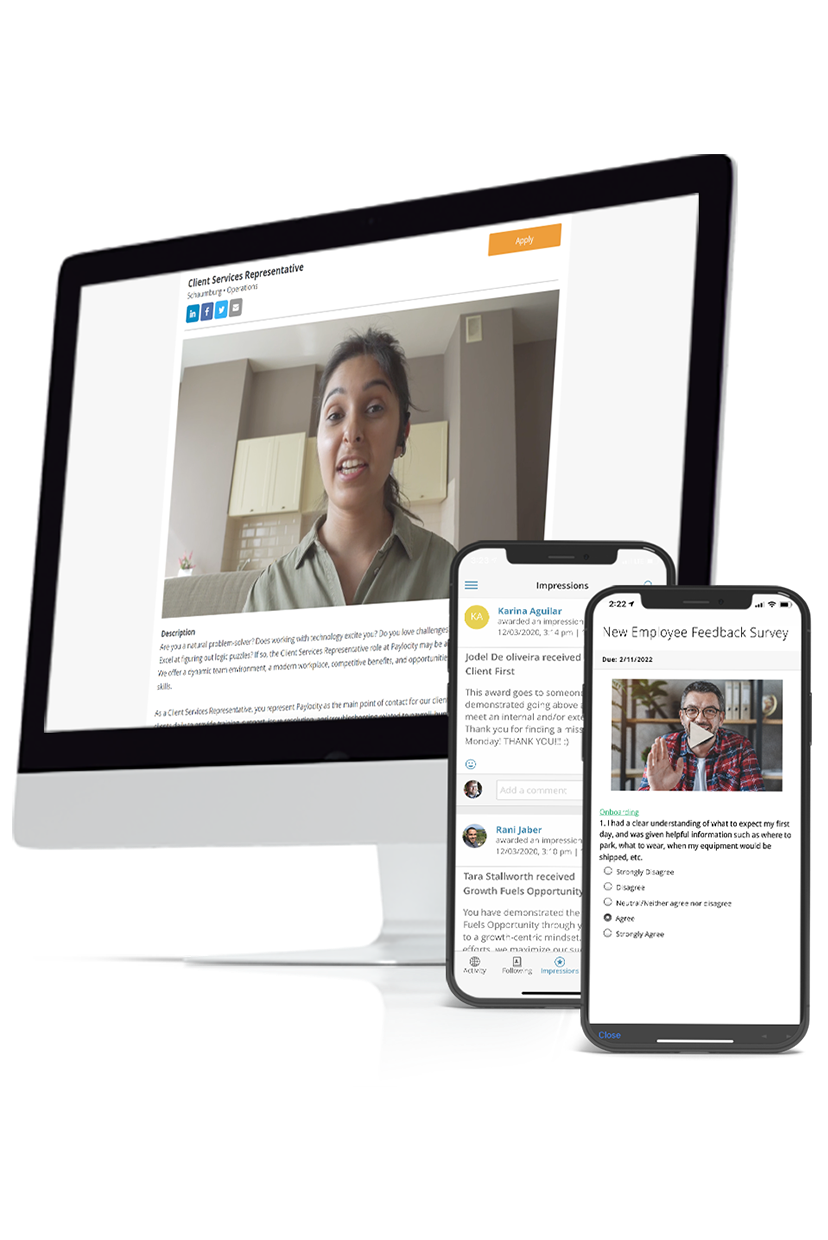Presenteeism
Summary Definition: When an employee continues to show up to work, even when it’s unsuitable and could be harmful to themselves or others.
What is Presenteeism?
Presenteeism is the problem of workers attending their jobs, even when they can’t function effectively.
Presentee employees will come to work even when they shouldn’t. For example, they may come in when sick or not needed. This has cascading effects, from general productivity to quality control and staff well-being.
Presenteeism vs. Absenteeism
Presenteeism and absenteeism are two workplace problems that harm productivity and employee well-being, but in opposite ways:
- Absenteeism is when an employee habitually misses work beyond the usual time off allowed by leave policies. It may occur due to illness, personal issues, or a lack of engagement with the job.
- Presenteeism, on the other hand, occurs when employees come to work despite being ill, stressed, or otherwise unable to work at full capacity. It's driven by a sense of obligation, fear of job loss, or a lack of paid leave, among other reasons.
Key Takeaways
- Presenteeism involves turning up to work no matter how inappropriate, such as being sick or injured.
- It can harm business productivity and increases risk of accidents.
- Presenteeism can be discouraged through employee wellness programs and flexible leave programs.
Presenteeism at Work
There are many reasons why someone may become a presentee. They may be suffering financial problems and need things like overtime pay or might have a difficult home situation. They also may be concerned about being seen as a slacker if they take a day off.
Presenteeism can be tackled through things like:
- Offering financial wellness programs to struggling employees
- Instituting generous and flexible leave programs, such as floating holidays
- Discouraging employees that go to unhealthy levels to perform at work
- Raising awareness for and actively discouraging proximity bias, where employees feel they must be physically present or miss opportunities
- Emphasizing the importance of being productive over being present
- Reassessing an employee’s workload
Employee presenteeism can be either physical or digital.
Digital presenteeism involves a significant blurring of the work/life boundary. For example, a presentee employee may answer or send work emails late at night or during the holidays.
Effects of Presenteeism in the Workplace
Presenteeism culture negatively impacts the workplace in the following ways:
- Employee health - Presentee employees who come in sick may pass their illnesses on to other employees, resulting in net absenteeism and a loss of productivity.
- Poor quality work - Employees who are tired or run down due to presenteeism will be unable to work as effectively.
- Lowered team morale - A presentee employee can cause resentment in a team. Other team members may either struggle to keep up with their attendance record or find themselves having to shoulder the burden of the presentee’s lowered productivity.
- Increased error - Presentee employees are often tired, run-down, or sick. Working under such conditions causes them to make more mistakes.
What Is the Cost of Presenteeism?
Presenteeism’s effect on productivity is its direct impact on a business. For example, a presentee may have lower-quality work, which takes more time and resources to fix.
Costs also occur indirectly, such as a sick presentee employee infecting other employees, resulting in loss of labor and poor productivity all around. And a culture of presenteeism can harm overall employee morale and engagement, leading to higher turnover rates.
Studies have estimated the cost of presenteeism to be 10 times more than absenteeism — accounting for perhaps $150 billion per year in lost productivity. This means that for every $1 lost due to absenteeism, employers can lose up to $10 due to presenteeism.

Eliminate the Guesswork on Employee EngagementHow can you tell if your employees are engaged? The right data. Create a culture of connection and collaboration with actionable insights to improve engagement, increase productivity, and reduce turnover. Quantify your cost savings and find out how you can get the most out of your HR and payroll investment with Employee Experience. |